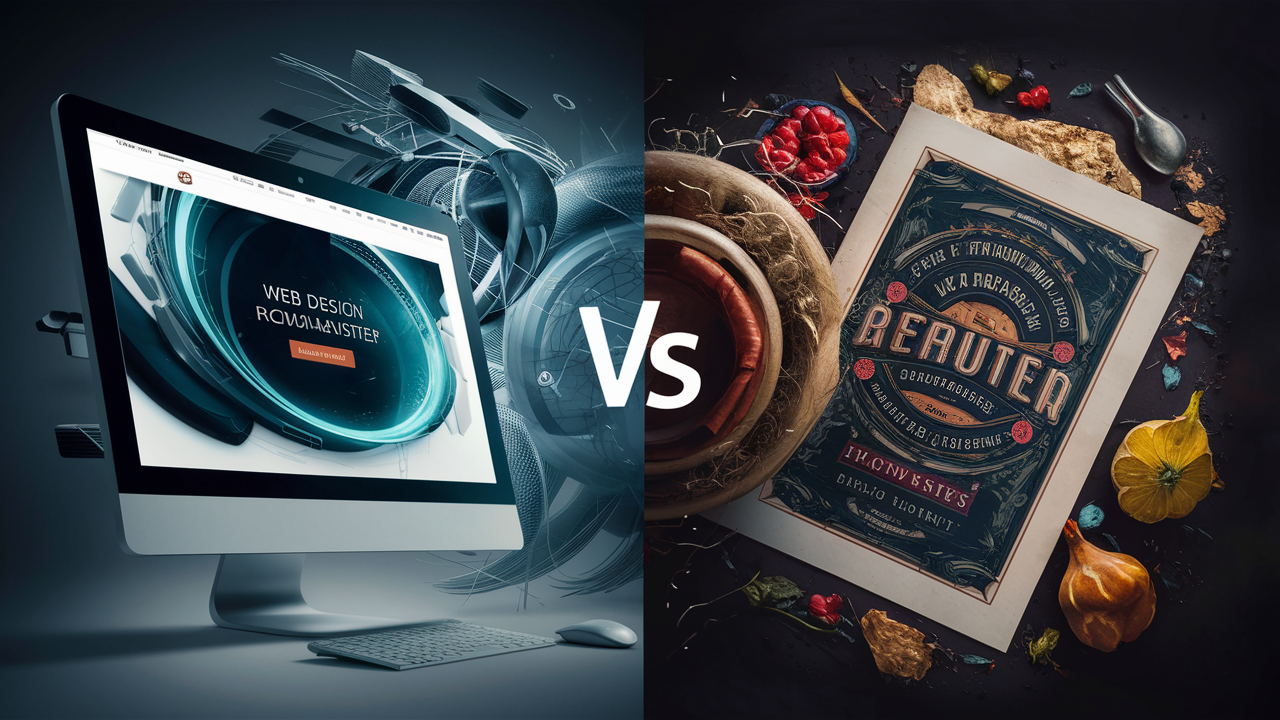As a former web designer, I’ve often observed the challenges faced by immensely talented print artists when transitioning their skills to web design. The distinct differences in technology, human-computer interaction, usability, and various other factors make the shift from print to web design a nuanced and sometimes challenging endeavor.
While the situation is gradually evolving, there still exists a notable number of websites designed by individuals with a background primarily in print. Understanding the disparities between designing for print and web is crucial for ensuring the creation of not just visually appealing but highly usable web products.
1. Cognitive Load:
- Print Design:
- Cognitive load, the amount of mental processing power needed to use a site, holds less significance in print design.
- Users have more time to find information in printed material, making cognitive load less critical.
- Web Design:
- Inversely, cognitive load is of paramount importance in web design, as it directly affects usability.
- Longer search times on a website can lead to increased cognitive load, potentially resulting in user frustration or abandonment.
2. Information Accessibility:
- Print Design:
- Print material is delivered, carried, and read at the convenience of the audience.
- The audience engages with the material when they choose to, allowing for a more leisurely pace in information retrieval.
- Web Design:
- Web designers must direct the audience to the website and then ensure ease of finding and reading content.
- Users read websites using a mouse to navigate, introducing an additional layer of cognitive processing.
3. Reading Medium:
- Print Design:
- Print products are read directly from paper, offering a more comfortable reading experience.
- Web Design:
- Reading on a screen requires users to interact with content using a mouse, introducing a different dynamic between sight reaction and movement.
4. Visibility and Scannability:
- Print Design:
- The design of a print product page is visible in its entirety, allowing for immediate perception of the design concept.
- Print materials are typically more scannable due to the fixed nature of their layout.
- Web Design:
- Web design elements unfold as users navigate and scroll through a page.
- Visibility of essential content elements may vary based on screen size, resolution, and other variables, impacting scannability.
Understanding these differences is pivotal for designers seeking to excel in both print and web domains. While a design might be visually appealing in print, its usability on the web hinges on considerations of cognitive load, information accessibility, reading medium, and the dynamic nature of visibility and scannability. The evolving landscape calls for designers to master the intricacies of both realms, ensuring their creations are not just aesthetically pleasing but also user-centric in the digital sphere.
Here’s another great article on Web Design vs Print Design: Differences Between Print Design and Web Design by Jakob Nielsen.




Comments are closed